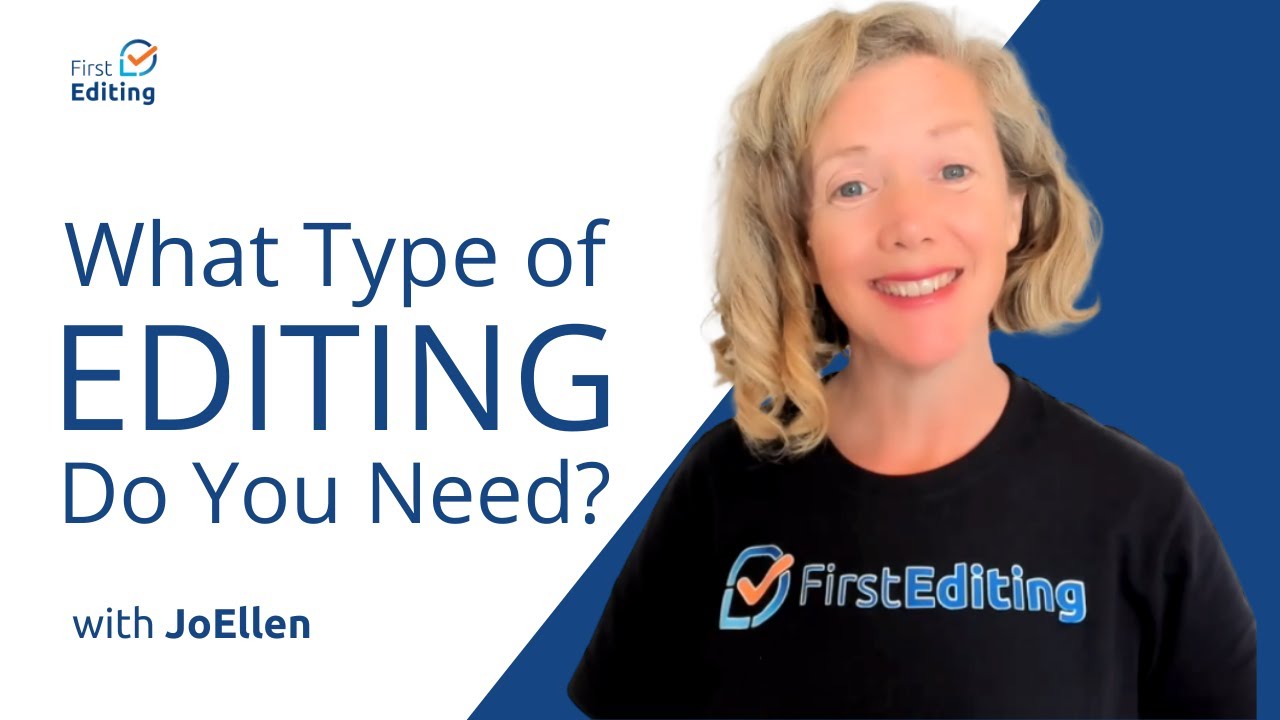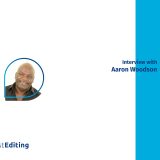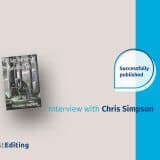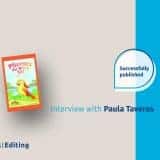
Conjunctions are a word that joins phrases or parts of sentences. It is vital to know how to correctly use punctuation with conjunctions. The following are just a few examples: and, but, so, therefore, however, and so on.
An easy example of joining words together is ‘I enjoy running and playing tennis.’ You can also join phrases: ‘I could run today, or I could play tennis instead.’ You can also use them clause to clause: ‘I went running today, but I will also be playing tennis later.’
Learn how to punctuate when using conjunctions. This is a pervasive problem within many of the documents we receive at FirstEditing.com.
The website https://webapps.towson.edu/ows/conjunctions.htm shows you many examples of the different conjunctions and of how they are meant to be used correctly. This website provided the information for this blog and helped me revise how to punctuate conjunctions.
Conjunctions are some of the most widely used words in the English language, but when it comes to conjunctions and punctuation, many writers still have trouble. Hopefully, this blog and the recommended website will help with some of these problems.
There are many different ways to punctuate these and everyone has their ideas. Also, style manuals advise punctuation: for example, APA likes to have a comma separating three items in a list (e.g. medicine, water, and exercise). Many publishing houses will also have their own rules, so these will need to be checked when deciding on how the use punctuation with conjunctions.
Use a comma when the sentence has two independent phrases that are being joined: for example, ‘the cat sat on the mat, but then he decided to move to the more comfortable spot.’ Each of the two clauses in this sentence could be sentences on their own, and that’s why the comma is needed. The sample applies no matter which conjunction is being used.
There are also times when a semicolon is needed, and that is when you are joining two independent clauses using what is known as a conjunctive verb. For example, hence, however, therefore, otherwise and nonetheless. These are the most commonly used conjunctive verbs, and a semicolon is used before the verb and a comma afterward.
Here are a couple of examples:
The drug can be used to treat many types of common ailments; however, please ensure that you carefully read the instructions before using.
The drug is potent; therefore, only use a small amount at a time and never exceed the recommended dose.
Another issue is when using subordinating conjunctions (e.g. if, why, whenever, wherever, because) to join clauses or phrases together as that makes one phrase dependent on the other. For example, ‘I cannot play tennis. I do not have a racquet.’ If we place these sentences like this: ‘Because I do not have a racquet, I cannot play tennis,’ then we need a comma. But if we write, ‘I cannot play tennis because I have no racquet,’ no comma is required.
In summary, when the dependent clause is placed first in a sentence, use a comma between the two clauses. When the independent clause is placed first and the dependent clause second, do not separate the two clauses with a comma
So if you have trouble when it comes to punctuation and conjunctions, then please bookmark the URL in the second paragraph as this should be your first stop when you are not sure whether to use a comma, a semi-colon, or neither. Also, the editors here at FirstEditing.com will also be able to help you with these issues as we are all familiar with the rules.
Using punctuation in writing can be very confusing, especially in longer sentences that also include lists of items. So many new writers struggle with some rules and examples of correct usage of punctuation with conjunctions.
The most commonly used punctuation is certainly a comma “,” however, the semicolon “;” as well as an em dash “—” have their rightful and handy place in writing. Thus, without further ado, here are the rules and examples:
Comma
1. Use commas to separate independent clauses when they are joined by either and, or, nor, for, so, but, or yet.
Example: She never liked her new job, nor did she try to get used to the change.
2. Use commas after introductory words, phrases or clauses that come before the main clause.
Example: While my sister focused on doing her homework, I struggled to concentrate.
3. Use pairs of commas to set off clauses, phrases, and words that are not essential to the meaning of the sentence and when omitted do not affect the sentence structure and meaning.
Example: Mary, the new girl in class, was proving to be very popular.
4. Use commas are used to separate three or more words, phrases, or clauses in the sentence.
Example: Tom was friendly, kind, and trustworthy.
5. Use commas before phrases at the end of the sentence that refer to items in the sentence that are positioned earlier in the construct.
Example: Mum was waiting for my letter, keen to hear how I got on at University.
Semicolon
1. Use the semicolon to separate two sentences where the conjunction is omitted. Example: Tom has finished his chores; he has always been a hard worker.
2. Use a semicolon before introductory words, such as however, therefore, thus, whereas, whereby, for example, when they introduce a complete sentence. Following the rules on comma use given above, such words will be followed by a comma.
Example: I had done all I could; thus, all I could do was to sit and wait.
3. Use the semicolon to separate parts of a sentence when one or more also contain commas.
Example: Maria was learning math, which she liked very much; physics, which was more of her mother’s choice; and chemistry that occasionally gave her trouble.
4. Use a semicolon between sentences joined by a coordinating conjunction when one or more commas used in the preceding sentence might lead to confusion concerning the meaning.
Example: If I do not meet the deadline, I will be in big trouble; and if I do, we can go and celebrate.
Em dash
The most common usage of the “em dash” is in place of commas, semicolons, colons, and parentheses to indicate an interruption, an abrupt change of topic, or for emphasis.
As a rule of a thumb, parentheses give the least importance to the items within, followed by commas, and finally the em dashes. However, em dashes are particularly useful when separating parts of the sentence that already contain punctuation, as this avoids confusion.
Example 1:
Parentheses
I have to take on board all items (books, puzzles, board games, etc.) that cannot fit in my suitcase.
Em dash
I have to take on board all items—books, puzzles, board games, etc.—that cannot fit in my suitcase.
Here, commas would not work, as the separated part of the sentence already contains a list; thus, using commas would lead to confusion.
Example 2:
Parentheses
Maya (who has always been a feisty girl) has decided to stand her ground.
Commas
Maya, who has always been a feisty girl, has decided to stand her ground.
Em dash
Maya—who has always been a feisty girl—has decided to stand her ground.
In this example, all three versions work well, and which one to choose is a matter of the desired emphasis.
Following these basic rules will definitely help your writing. If you need further help, give us a call!










